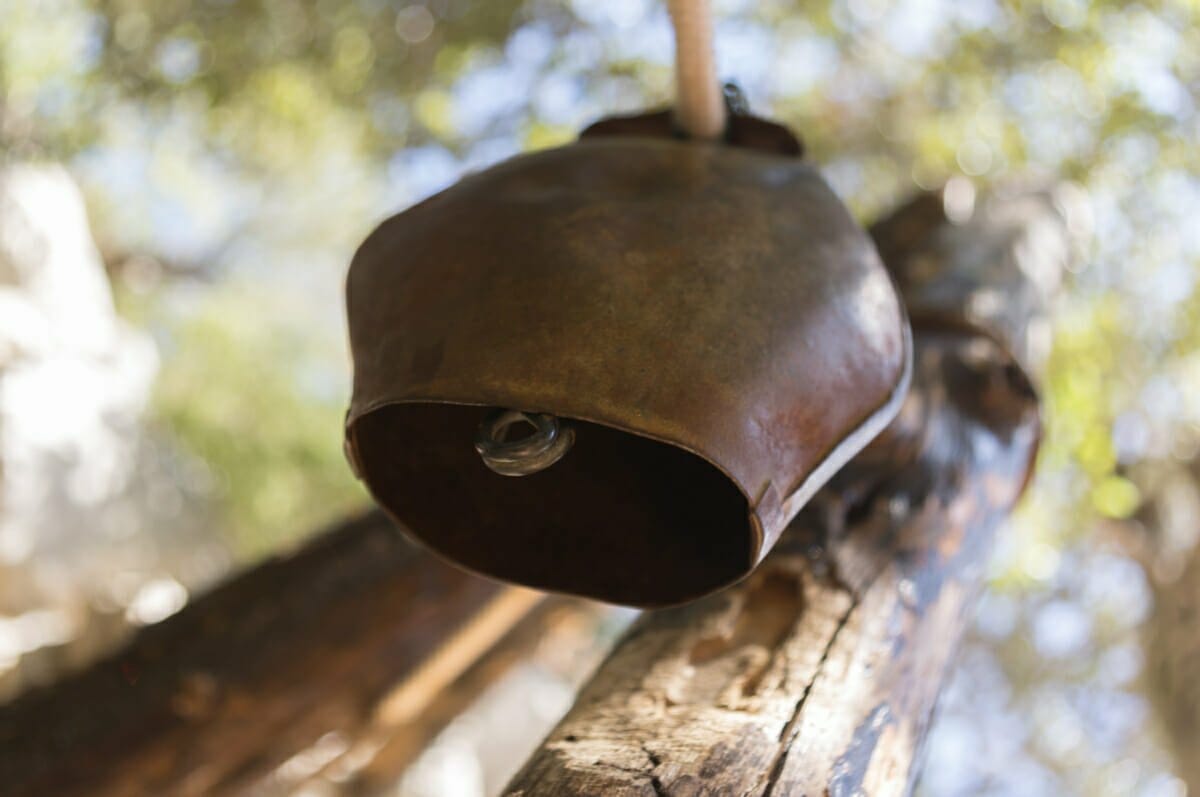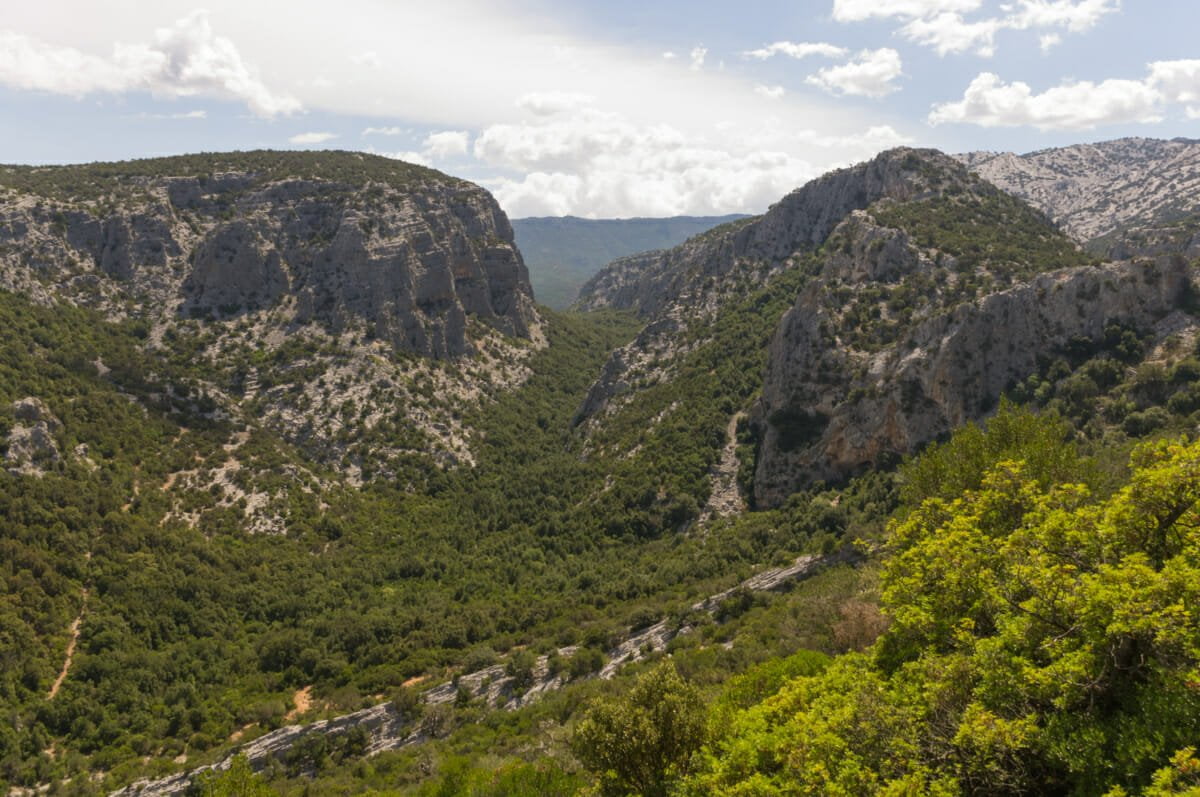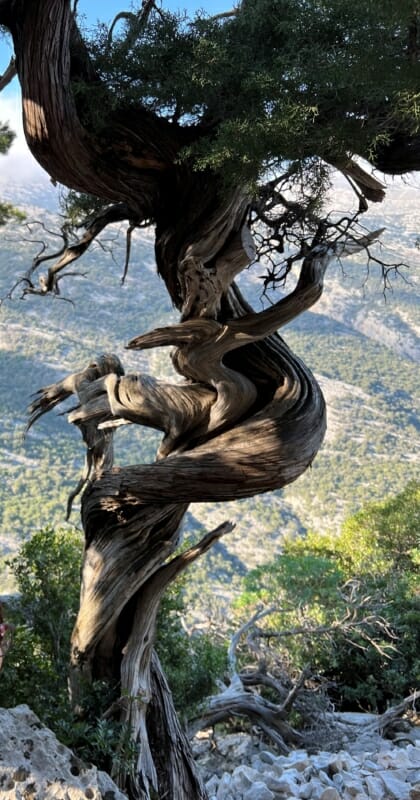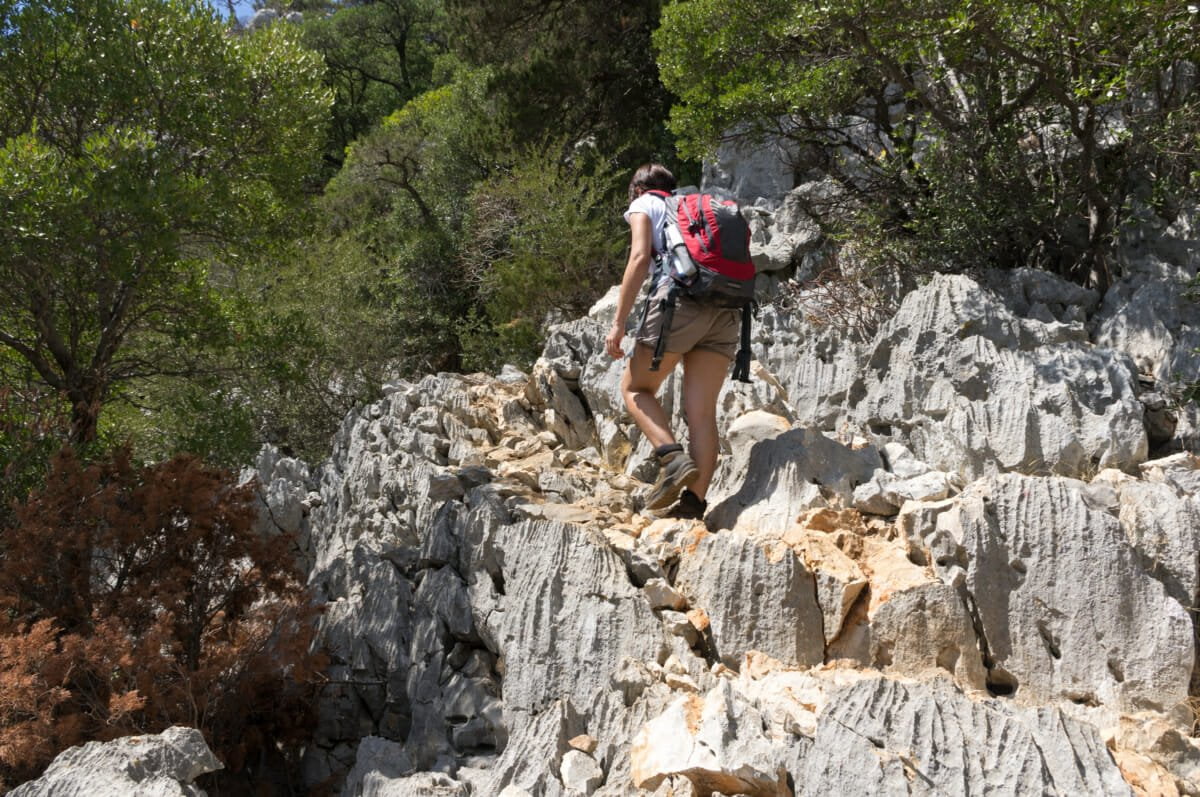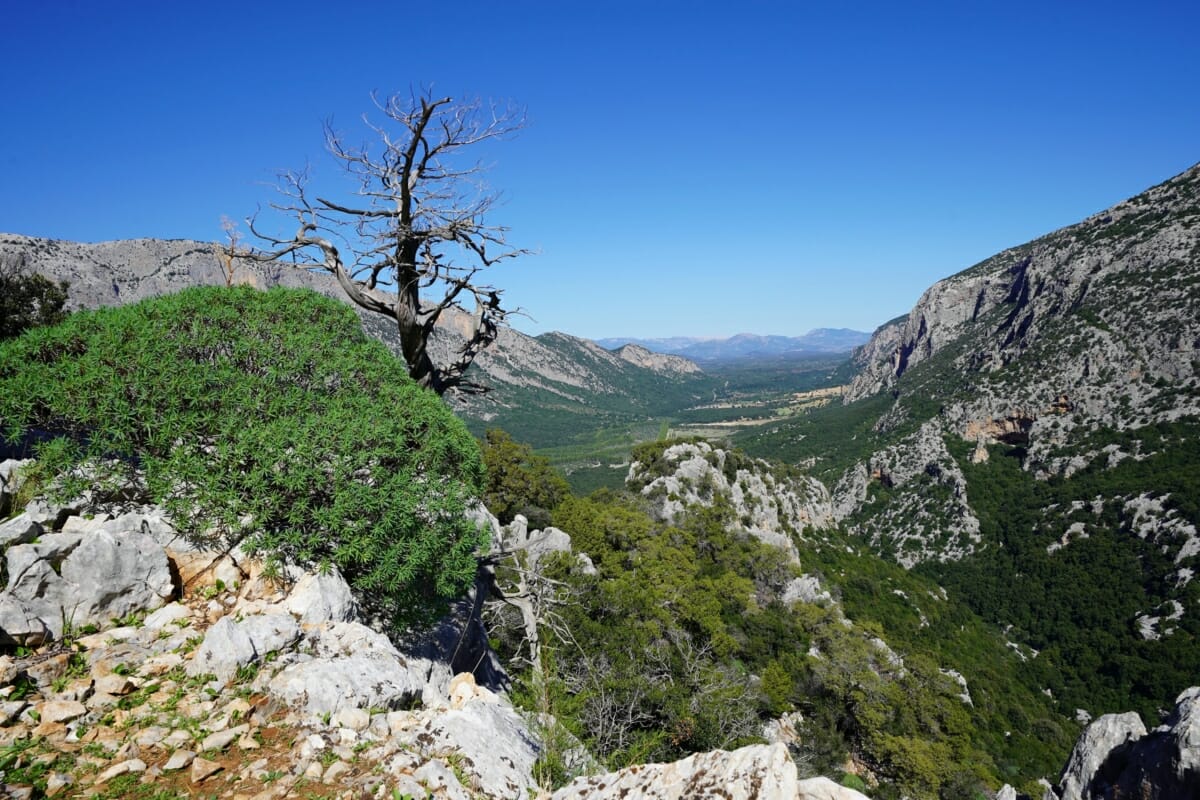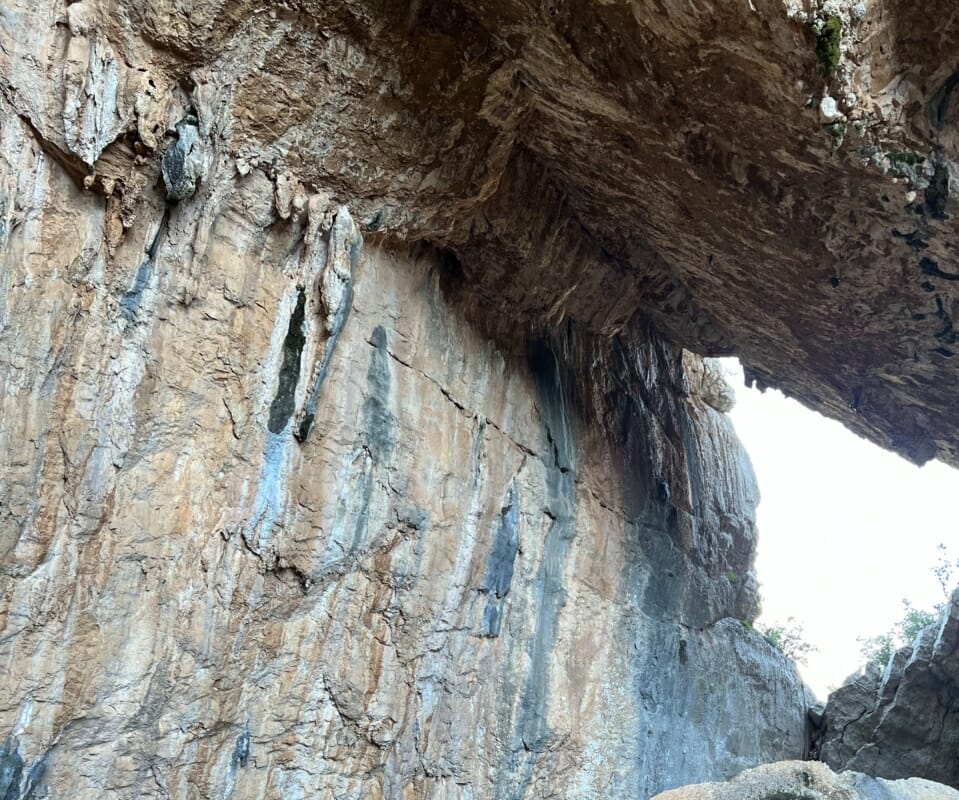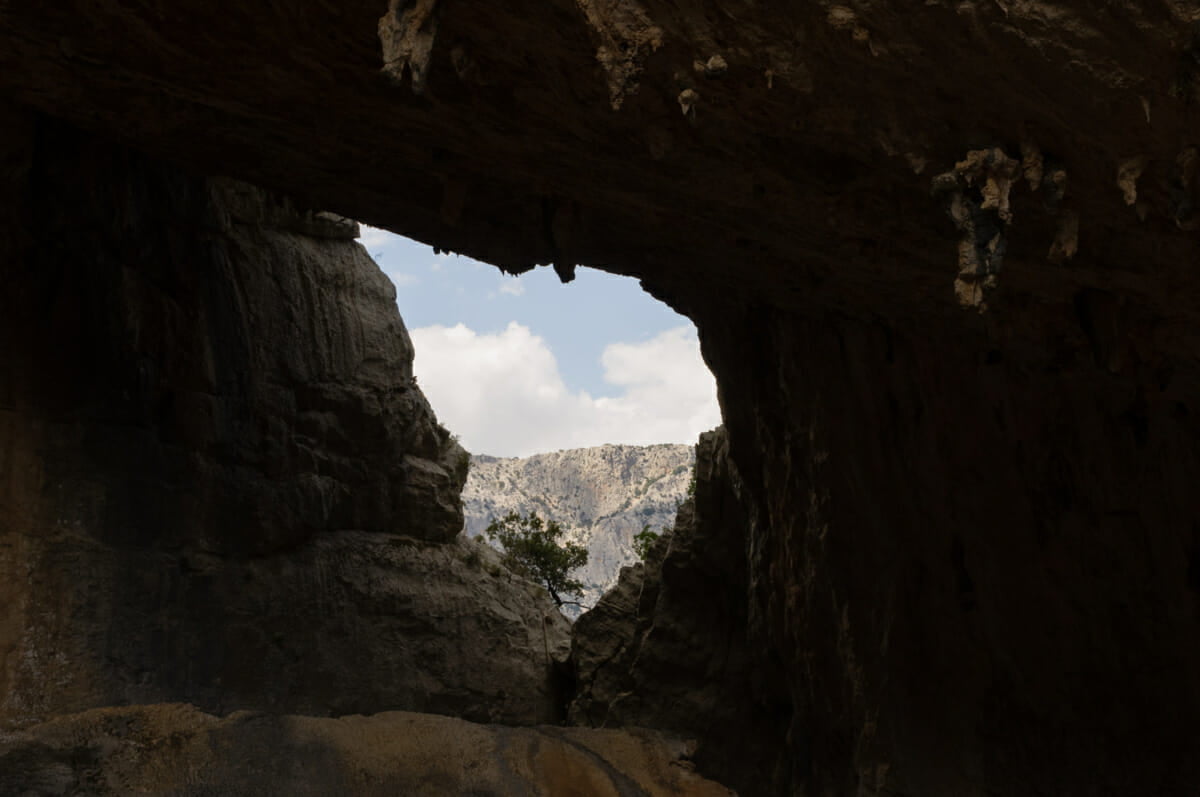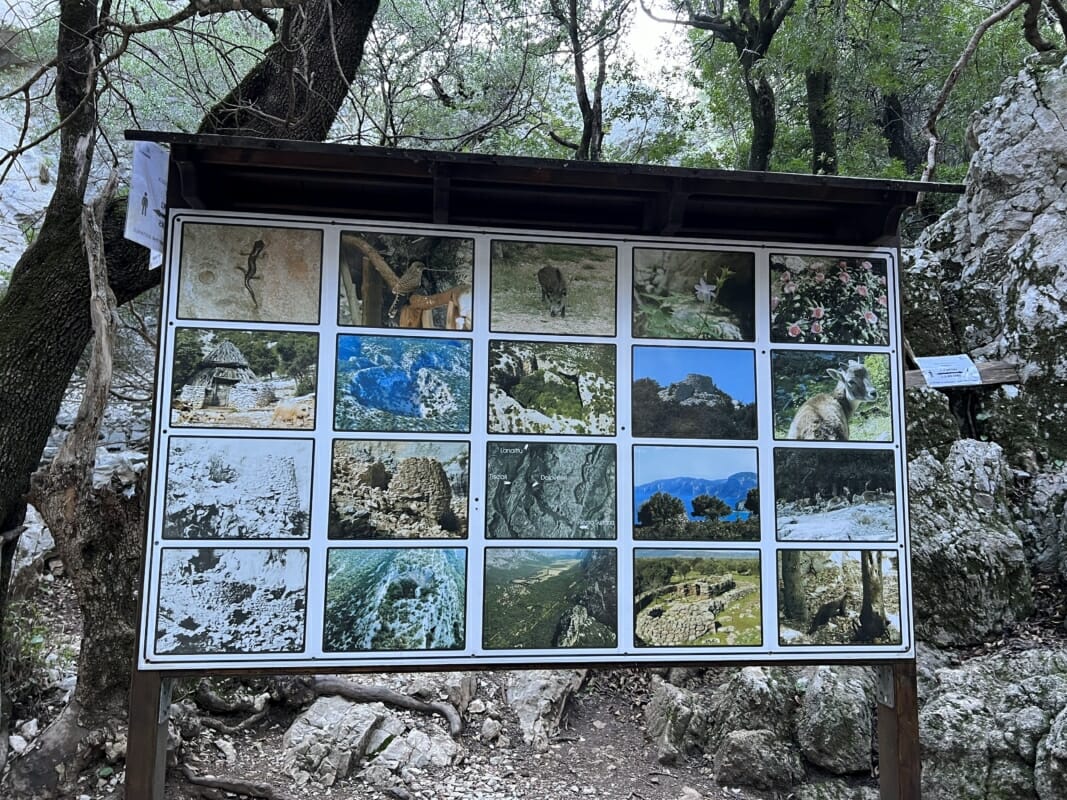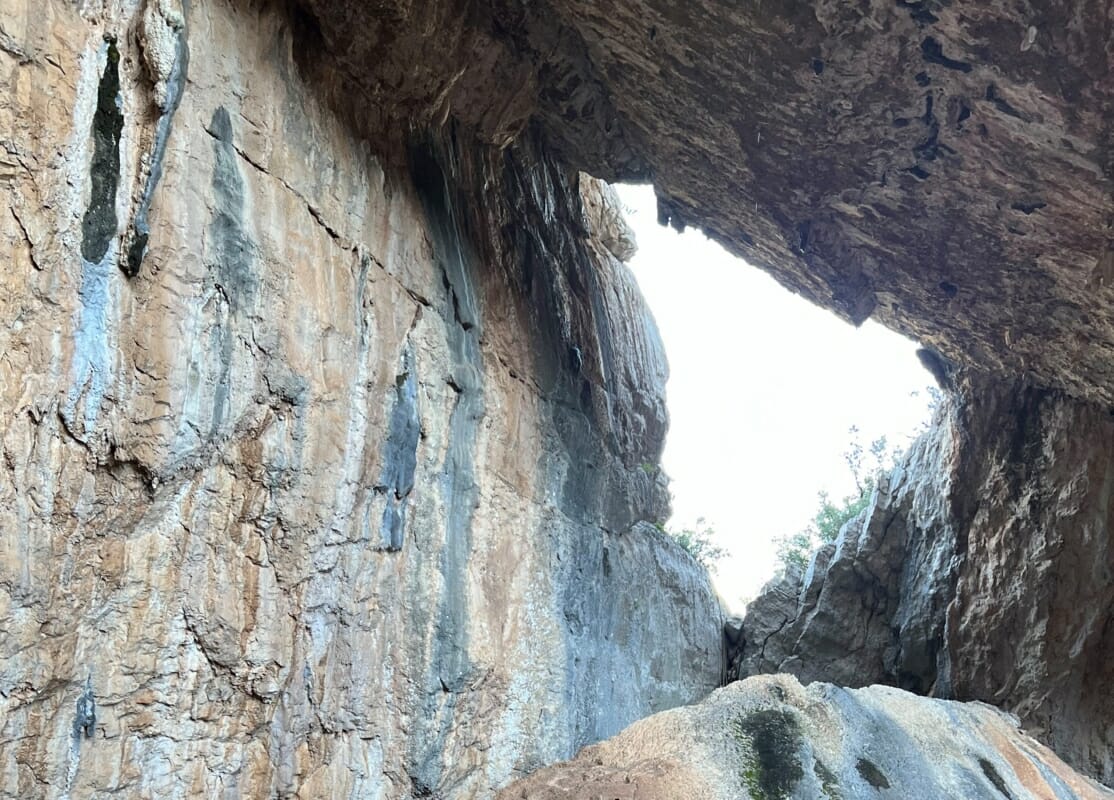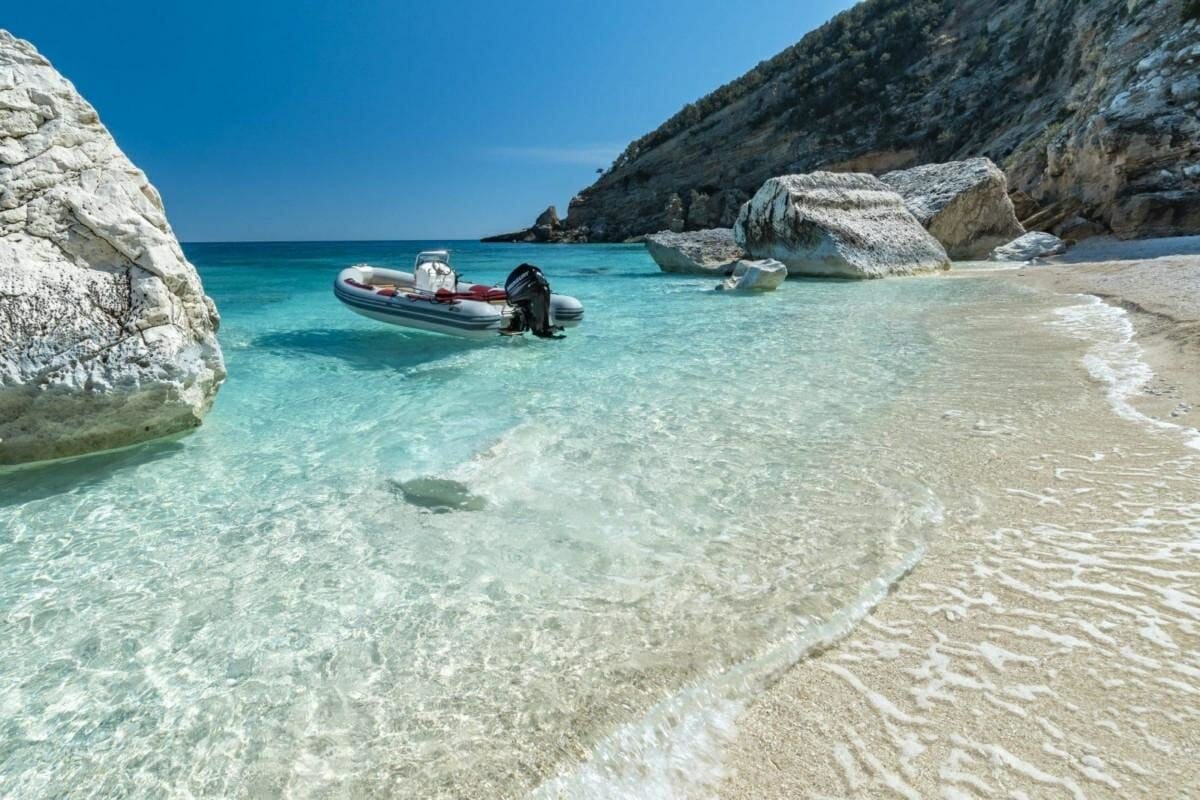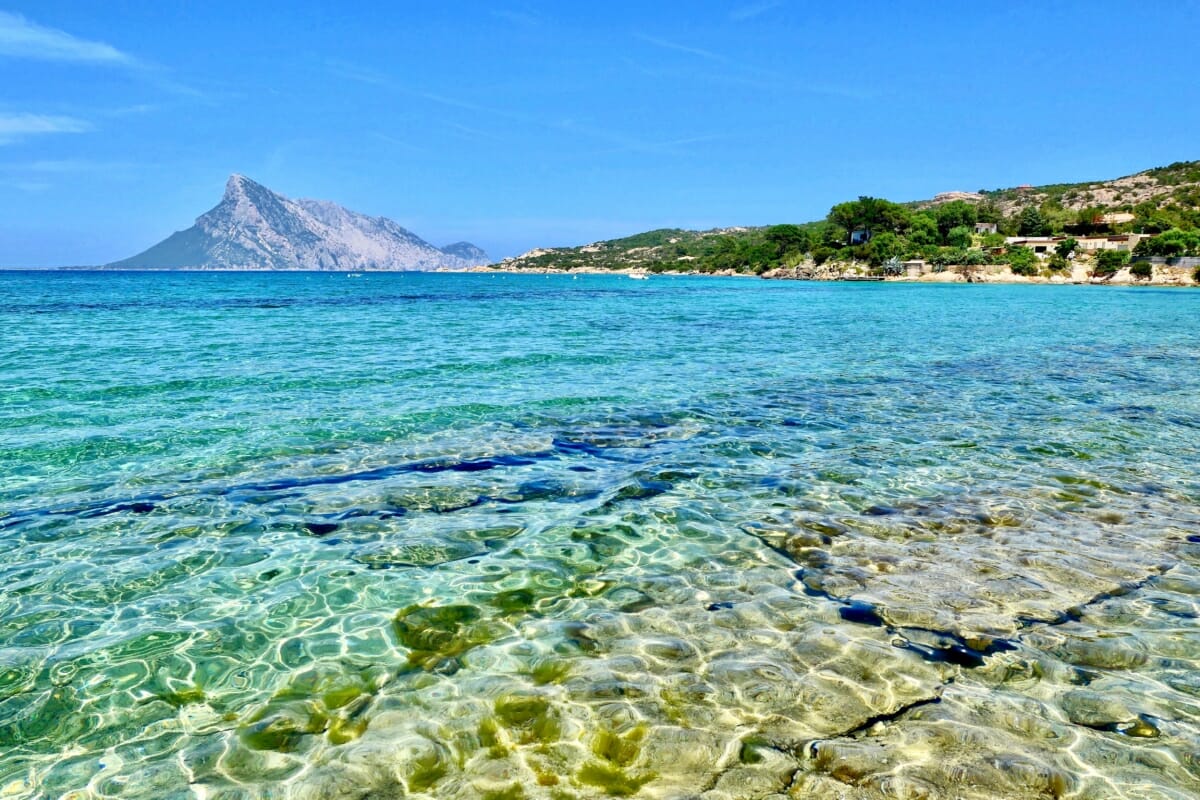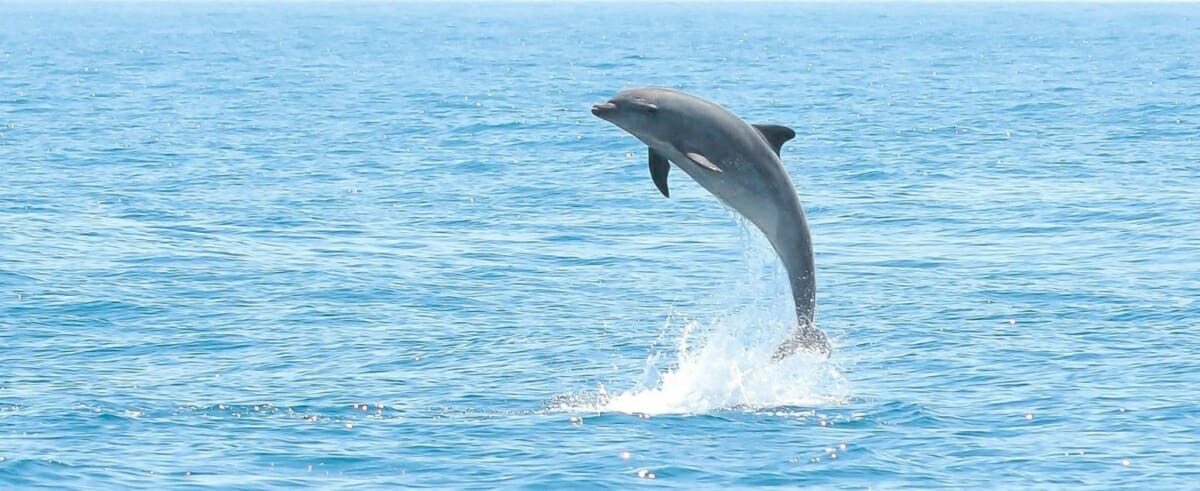Discovering Tiscali, a trip to Sardinia in the heart of the supramonte between Dorgali and Oliena to discover a hidden prehistoric village: the archaeological site of Tiscali
What is Tiscali?
The question may seem strange but the truth is that there are more answers
- Tiscali is a mountain in Sardinia whose summit is about 520 metres above sea level
- Tiscali is an archaeological site of particular importance, yet to be discovered
- Tiscali is a karstic sinkhole famous for its large size
- Tiscali is a Nuragic village where artefacts dating back to the 15th-13th centuries BC have been found.
- Tiscali is also a well-known telecommunications company founded in 1998 in Cagliari

The juxtaposition of images evoked by the name Tiscali is curious. On the one hand an ancestral place, on the other a reference to technological solutions
Tiscali, the timeless place
Tiscali is a Nuragic village located in the heart of Sardinia in the province of Nuoro. The archaeological site is located on the eponymous Mount Tiscali between the Supramonte of Oliena and the Supramonte of Dorgali. It is a gigantic karst sinkhole within which you can see the remains of the famous Nuragic village.
It is a difficult place to describe because it is very different from the life one is used to in big cities. It is a timeless place where one breathes an amazing convergence of ancestral traditions and emotions.
The landscape offers incredible and very varied views. A breathtaking views of Mount Corrasi, the lush Lanaittu Valleya series of gorges with imposing cliffs, cengie caves and ravines, resurgences among holm oaks, junipers and centuries-old olive trees shaped by the wind.
On the way to the village, between rock passages and viewpoints, one can admire a multitude of typical plants of Sardinia and sometimes even make special encounters with the animals that inhabit the mountain.
Tiscali is an unforgettable mountain to discover.
The legends of Tiscali
The area surrounding the Nuragic Village of Tiscali is rich in legends and historical events. According to local tradition, the wild landscape served as a refuge for post-Nuragic rebels who resisted Roman rule. It is said that these rebel groups, known as the Iliensi, used guerrilla tactics and exploited the natural fortress of Tiscali to launch surprise attacks on Roman garrisons. The rebels were believed to disappear into the mountains, evading capture by Roman forces.
Stories tell how these elusive fighters emerged from underground tunnels like ants, striking quickly and then vanishing back into the shadows of the mountains.
Furthermore, legends speak of a narrow passage that was the only access point to the sinkhole, the natural refuge of Tiscali. It is rumoured that a small group of archers could effectively defend this entrance against a legion of Roman soldiers. The rebellious spirit of the Iliensi persisted through the imperial era, prompting the Roman legionaries to employ Neapolitan mastiffs in their efforts to root out these elusive rebels from the rugged terrain of Supramonte.
The region surrounding the Nuragic Village of Tiscali is not only a site of historical significance but also a place where myths and legends intertwine with the rich fabric of the past, adding an air of mystery and intrigue to this ancient landscape.
Tiscali between nature and architecture
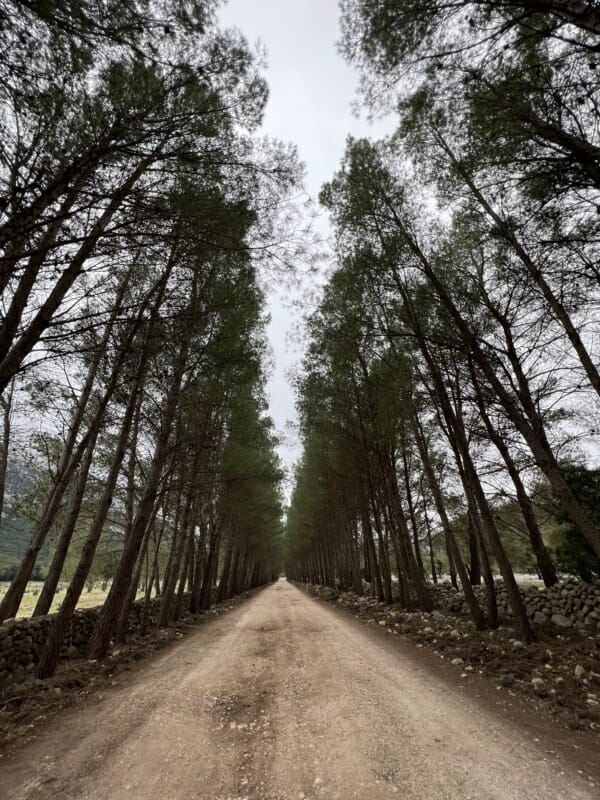
The Nuragic Village of Tiscali is characterised as a hidden archaeological treasure located atop a mountain ridge in a picturesque corner of the Barbagie region. This unique underground settlement is distinguished by its topography and architecture, located within a huge swallowhole formed by a collapse in the 'ceiling' of the mountain. Rising just over 500 metres, Mount Tiscali acts as a barrier between the wild Lanaittu valley to the west and the gentle, fertile Oddoene valley to the east. Inside the mountain is the swallowhole, originally a karstic cave before the ceiling collapsed and the area was covered by lush vegetation including holm oaks, junipers, ash trees, wild olive trees, mastic trees and fig trees.
Why Tiscali is unique
The Nuragic Village of Tiscali is distinguished by its unique topography and architecture. This archaeological treasure is hidden on the crest of a mountain. What makes it unique is its location in a huge sinkhole formed by a collapse in the 'ceiling' of the eponymous relief. Its architecture reflects a distinctive Nuragic settlement, perhaps used as a last refuge of the Nuragic people late against the advance of the Romans.
Where Tiscali is located
The exact location of the archaeological site of Tiscali with the nuragic village is on Mount Tiscali located between the municipalities of Dorgali and Oliena in the heart of the supramonte. The coordinates N 40.241618, E 9.491576. This locality is located between the Lanaittu Valley and Oddoene Valley not far as the crow flies from the spectacular Gorropu Gorge.
Mount Tiscali is also about 15-20 minutes' drive from the famous Su Gologone spring. The archaeological site can only be reached on foot through the path that climbs the mountain.
The excursion to Ticali is a mountain trip that allows you to discover an unusual Sardinia, far from the coast and the beaches.
The Tiscali Village
Tiscali is a place with a mysterious and suggestive atmosphere where time has truly stood still. On the rock face of the doline opens alarge window overlooking the valley of Lanaittu. The remains of the village of Tiscali are hidden from view and become visible only when one enters the doline.
Within the settlement, the remains of many prehistoric huts and dwellings are visible. The location of the village is far from the coast with a single access that is easy to control and difficult to reach. These characteristics have made the village of Tiscali a safe haven, a perfect hiding place for the people who inhabited Sardinia.
Discover a karstic sinkhole
A sinkhole is simply a closed basin, a 'valleywhich is normally generated in the presence of rocks of limestone origin. There are various types of sinkholes. The sinkhole where the village of Tiscali stands presumably originated from the collapse of the vault of a huge cave in ancient times. The landslide is still visible today and has been entirely colonised by local flora.
How to get to Tiscali
There are several ways to get to the slopes of Mount Tiscali, one of which is through the valley of Lainattu which can be reached by car. The last few kilometres before the parking areas are covered along a dirt road.
After leaving the car, continue on foot following the red and white CAI - Club Alpino Italiano - signs, where marked paths are indicated. The ascent on foot to reach the archaeological site takes about two hours.

Although the trail is marked, it is generally better not to improvise as an explorer. Rely on experienced guides and use appropriate clothing.
Tiscali Excursions
Visitors to the beautiful area of Dorgali and Oliena have a plethora of activities to choose from, ranging from trekking and challenging excursions to exploring archaeological wonders. Operators in the region offer guided excursions to the fascinating Tiscali sitewhere visitors can learn more about the history of the Nuragic village.
For a more relaxed experience, it is worth visiting the Dorgali Archaeological Museum and the impressive Ispinigoli cave.
The excursion to Tiscali is a full-day adventure that includes a 2-hour uphill walk to reach the archaeological site, followed by a tour of about 30 minutes.
All excursions to discover Tiscali, whether they are carried out independently or are organised trips last almost a full day, so it is best to leave organised with food and water, The descent on the way back takes about 2 hours, guaranteeing an all-round outdoor experience. Proper precautions must be taken to ensure a safe and enjoyable excursion.
Physically fit people, including children of about 6-8 years old who are used to walking, can participate in the hike.
Essential items include a hiking backpack for children, water and clothing to protect against the sun and wind, as toilets are limited along the route.
By following these precautions, visitors will be able to fully appreciate the beauty and history of Tiscali and its surroundings, while remaining safe and comfortable during the adventure.
What to bring
It is very useful to bring a hat to protect yourself from the sun and also a windbreaker or clothing to cover yourself once you reach the summit. Bring comfortable walking shoes and cash to pay the entrance fee to the archaeological site. If you are not experienced in hiking, hire local guides who will organise the whole day and make it an unforgettable experience.
Tiscali entry prices
Admission to the archaeological site is subject to a fee. To enter the doline, the ticket is € 5.00 per person for adults and € 2.50 for children (7 to 12 years) and seniors (from 70 years). The archaeological site is manned throughout the year, in autumn and winter the site is open from 9 a.m. to 5 p.m., in spring and summer from 9 a.m. to 7 p.m.
A special job: once you enter the archaeological site, you will find a guide who serves at the site every day 'going to work' by walking the path to the top of the mountain. The path that the guide follows to go to work on foot takes about 40 minutes and winds its way through a unique natural setting.
How can visitors ensure safety and enjoyment during their excursions in areas such as Tiscali and its surroundings?
Visitors can ensure safety and enjoyment during their excursions by taking precautions, such as relying on experienced guides, wearing appropriate clothing, carrying water and supplies, and being prepared for the rugged terrain and outdoor experiences in the Tiscali region.
What kind of clothing and equipment should visitors take with them on hikes, such as water, appropriate clothing and hiking equipment?
Visitors should bring appropriate clothing, a hiking backpack with water supply, and clothing to protect themselves from the sun and wind. In addition, it is advisable to bring plenty of water and packed lunches such as sandwiches and dried fruit for breaks during hikes.
Why is it important that visitors do not improvise on hiking trails and rely on experienced guides for their safety?
It is important not to improvise on trekking routes and to rely on experienced guides to ensure safety while hiking through the rugged landscapes and archaeological sites near Tiscali.
What places of interest or specific locations can visitors explore on the Dorgali and Oliena parts, such as the Flumineddu river, the Surtana stairs and the su Gologone oasis?
Visitors on the Dorgali side can enjoy views of the Flumineddu river and climb the steep stairs of Surtana to reach the top of the mountain. On the Oliena side, excursions include a visit to the lush oasis of su Gologone and embarking on a steep and rugged trail to Tiscali.
Visitors are advised not to improvise on the trekking routes but to rely on experienced guides, wear appropriate clothing and carry a sufficient supply of water to ensure safety while hiking.
What to do in and around Dorgali
In the area of Dorgali and Oliena there are many operators that organise and carry out trekking excursions and there are cooperatives that provide guides to Tiscali. Also in the area are the Archaeological Museum of Dorgali - well worth a visit - and the Cave of Ispinigolivery impressive. In the dintrons you can also visit the resurgence of Su Gologone and the country of Cala Gonone and take a trip to the Golfo di Orosei.
Tiscali: Frequently asked questions
quick answers ⚡
How long does an excursion to Tiscali last?
The hike takes approximately the whole day. It takes about 2 hours to reach the archaeological site on foot along an uphill path. The visit to the archaeological site with the nuragic village has a variable duration, the average time is approximately 30 minutes. After the visit there is usually a stop for refreshments with a packed lunch (sandwiches and dried fruit are recommended). After admiring the landscape, the descent begins, which takes about two hours.
Tiscali excursion with children, is it recommended?
The excursion is suitable for all people who are in good physical health, including children (best from 6-8 years of age) as long as they are used to walking. If they are infants, it is necessary to have a children's hiking backpack, water and clothing to protect them from sun and wind. Bear in mind that you are outdoors for the whole day and that there are no toilets.
Please consider carefully whether or not this experience is suitable for the child you are planning to take with you, as the walk up the path takes about 2 hours. After the walk to the archaeological site there is a visit to the nuragic village - this takes about 30-45 minutes. Then begins the descent down the path which will take about 2 hours.
How to get to the Tiscali village?
Once you have driven along the dirt road through the Lainattu valley, you reach the slopes of the mountain. Park the car in the clearing and continue on foot, following the red and white signs of the CAI - Club Alpino Italiano.
What are the prices for Tiscali excursions?
The entrance fee to the archaeological site is € 5.00 per person for adults and € 2.50 for children (7 to 12 years) and seniors (70 years and older).
What are the opening hours of the Tiscali website?
The archaeological site is open and manned all year round, in autumn and winter opening hours are from 9 am to 5 pm, in spring and summer from 9 am to 7 pm.
What legends are associated with the nuragic village of Tiscali?
What are the characteristics and layout of the settlement within the Tiscali mountain?
What are the natural characteristics of the Tiscali village?
The Nuragic Village of Tiscali is characterised as a hidden archaeological treasure located atop a mountain ridge in a picturesque corner of the Barbagie region. This unique underground settlement is distinguished by its topography and architecture, located within a huge swallowhole formed by a collapse in the 'ceiling' of the mountain. Rising just over 500 metres, Mount Tiscali acts as a barrier between the wild Lanaittu valley to the west and the gentle, fertile Oddoene valley to the east. Inside the mountain is the swallowhole, originally a karstic cave before the ceiling collapsed and the area was covered by lush vegetation including holm oaks, junipers, ash trees, wild olive trees, mastic trees and fig trees.
What makes the Tiscali village so special in terms of architecture?
How useful was this post?
Click on a star to rate it!
Average rating 4.7 / 5. Vote count: 13
No votes so far! Be the first to rate this post.

